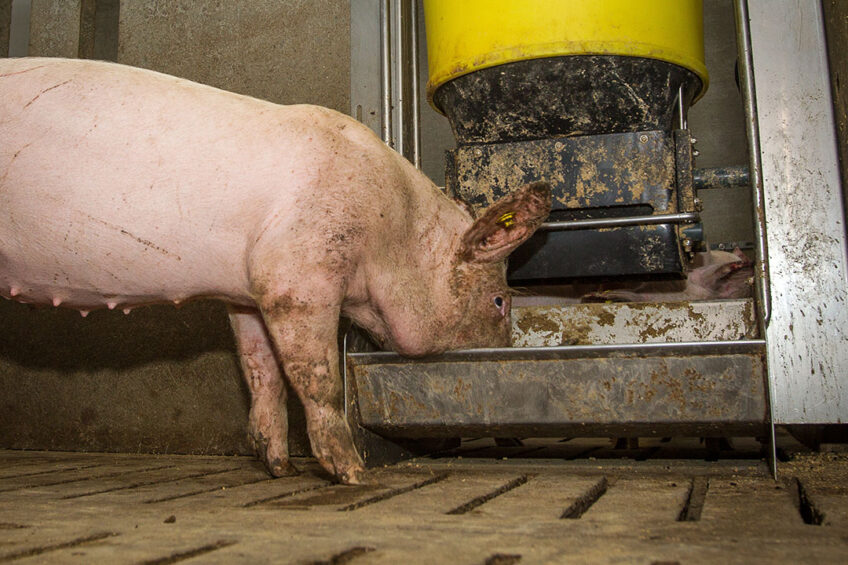4 ways to reduce feed production costs

Feedstuff costs of all ingredients have increased tremendously, as did the costs for energy. This resulted in an increase of production costs for feed producers and farmers. Many feed and pork producers are therefore critically reviewing what can be done to decrease feed costs/kg pork produced. Depending on each market and production system, producers have several options, explains Francesc Molist.
Lowering slaughter weight
The Feed Conversion Ratio (FCR) increases more than linearly with increasing weight/age. This is because maintenance requirements increase with body weight (BW). In finisher pigs (over 80 kg BW) back-fat thickness increases faster than muscle deposition and there is a lower weight gain when more fat is deposited. If pork prices are low, moving the final live body weight from 125-130 kg to 115 kg will significantly improve the FCR and will lower the production costs in the current situation of higher feed costs.
Split sex feeding
The FCR of barrows is considerable higher than that of gilts. Ideally, barrows should be fed restricted to 80% of ad lib for at least > 75 kg BW. This feed restriction can be conducted by feeding barrows less or by increasing gut fill by lowering the net energy (NE) content of the feed and by significantly increasing the fermentable fibre content. Therefore, a specific barrow feed can be formulated with lower standardised ileal digestible lysine (SID Lys) levels and NE compared to gilts.
If the market allows it, raising (intact) boars and gilts offers significant reductions in cost/kg pork
Raising intact boars has advantages from a farming perspective. The disadvantage from a meatpacker’s standpoint are the risks associated with boar taint. An alternative solution for boars and barrows could be immunocastration. If the market allows it, raising (intact) boars and gilts offers significant reductions in cost/kg pork.
Multiphase feeding
With an increasing FCR, most of the feed volume is consumed in the finisher phase (from 80 kg until slaughter). From that standpoint, adding different feeding phases can help to reduce feed costs because the nutrient concentration can be decreased in later phases. Therefore, this provides possibilities to reduce the NE and the SID Lys level of these finisher diets to save on feed costs.
Feed formulation and diet presentation
Depending on the market, besides lowering the NE and the SID Lys in the finisher phase, feed formulation will be one of the main drivers for feed costs. Looking critically at the nutrient density, crude protein and amino acid levels, and using feedstuffs with an attractive price can help to reduce feed costs/ kg pork produced. Therefore, it is important to control feedstuff analysis and analytical variation and reduce the safety margins in the diets that are usually associated to higher costs. Increasing nutrient availability through diet processing or the utilisation of certain feed additives can also help to improve FCR and to reduce feed costs.







